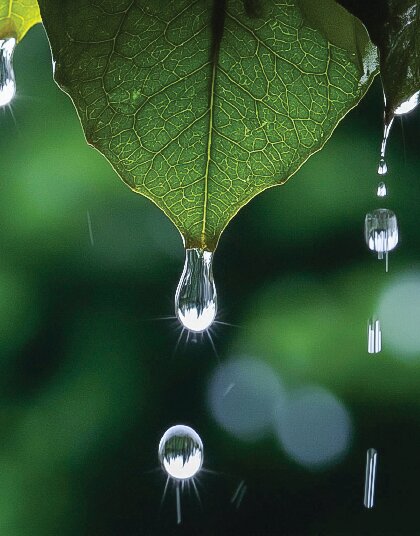April showers have brought more than just rain to our region this spring. They have also brought with them the wonderful scent of petrichor, a term coined by Australian scientists in 1964 to describe the smell produced by rain. Petrichor is not a substance in itself, but rather a combination of chemical compounds released by or contained within the rain that interact to create the recognizable scent we associate with rain.
Some of the compounds that contribute to the scent of petrichor include ozone, which is typically found in the atmosphere. Rain can absorb ozone molecules as it falls through the air, bringing them down to the ground. Lightning during a rain event can also produce more ozone as it impacts oxygen molecules in the atmosphere. Geosmin, a chemical produced by bacteria in the soil called Actinomycetes, is also released into the air by the falling raindrops, and can be detected by the human nose at very low concentrations.
Plants also play a role in creating the complex chemical stew that is petrichor. During dry conditions, plants produce compounds that accumulate in the soil until rain falls. When the rain fills the voids in the soil, it pushes out these compounds, including stearic and palmitic acid. The scent of petrichor is further enhanced as the rain clears the air of dust particles and aerosols.
So, next time it rains, take a moment to enjoy the fresh and earthy smell of petrichor. Remember that rain brings many benefits, such as promoting spring growth, reducing fire danger, and bathing our environment in the lovely scent of petrichor.
